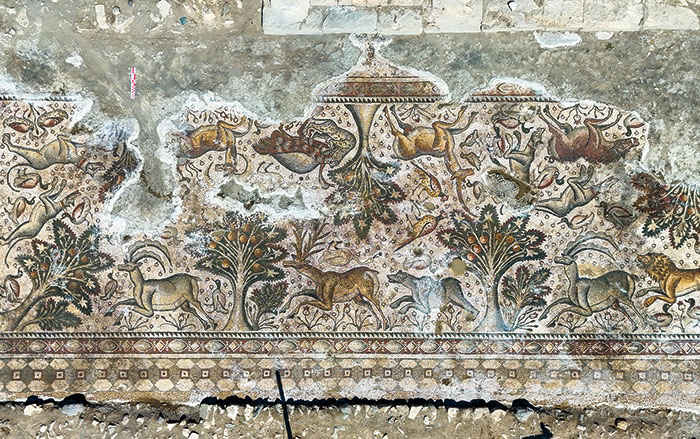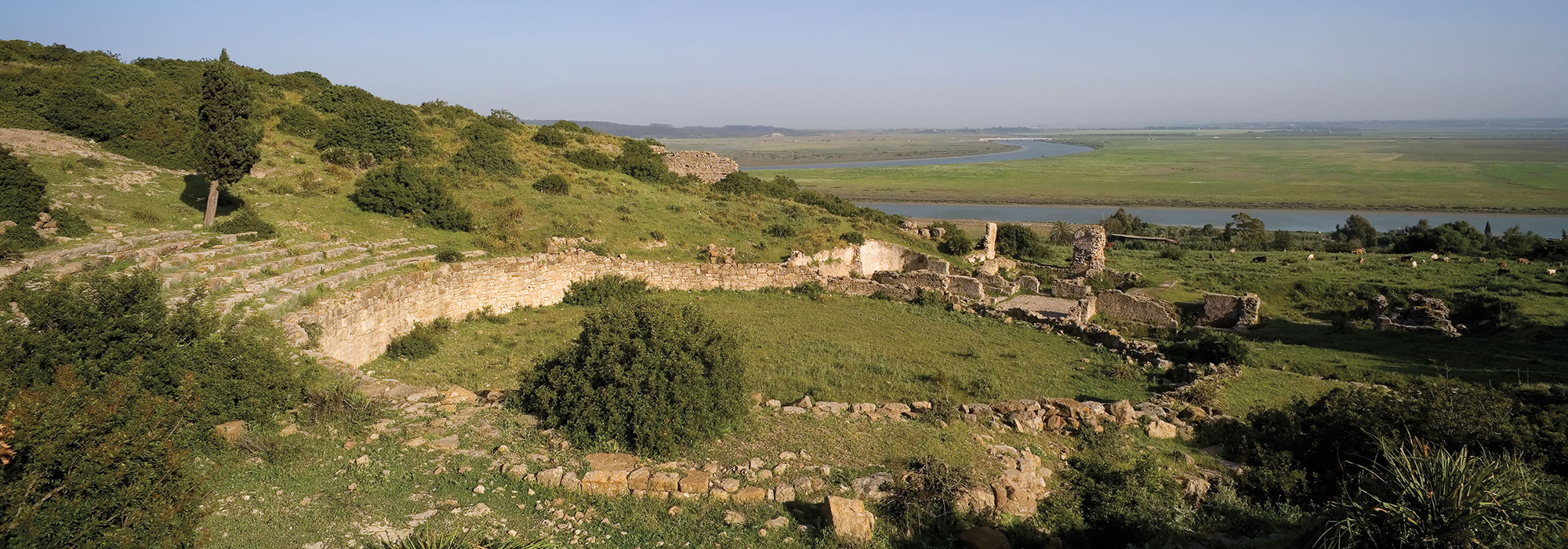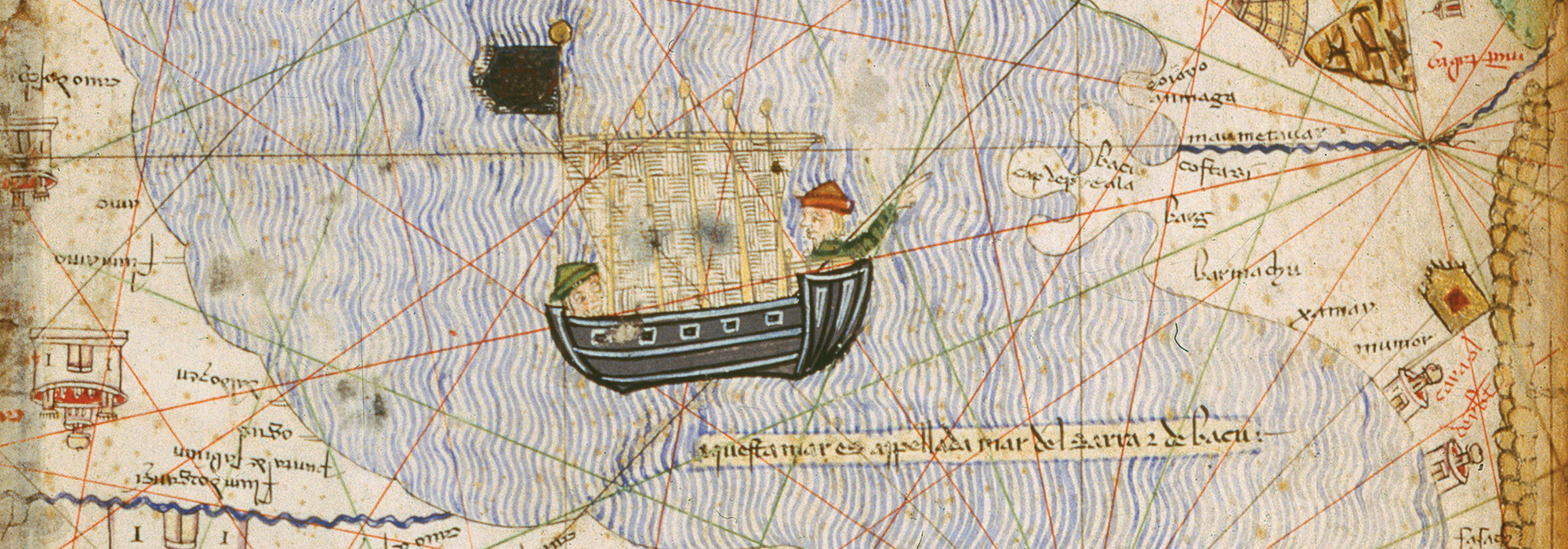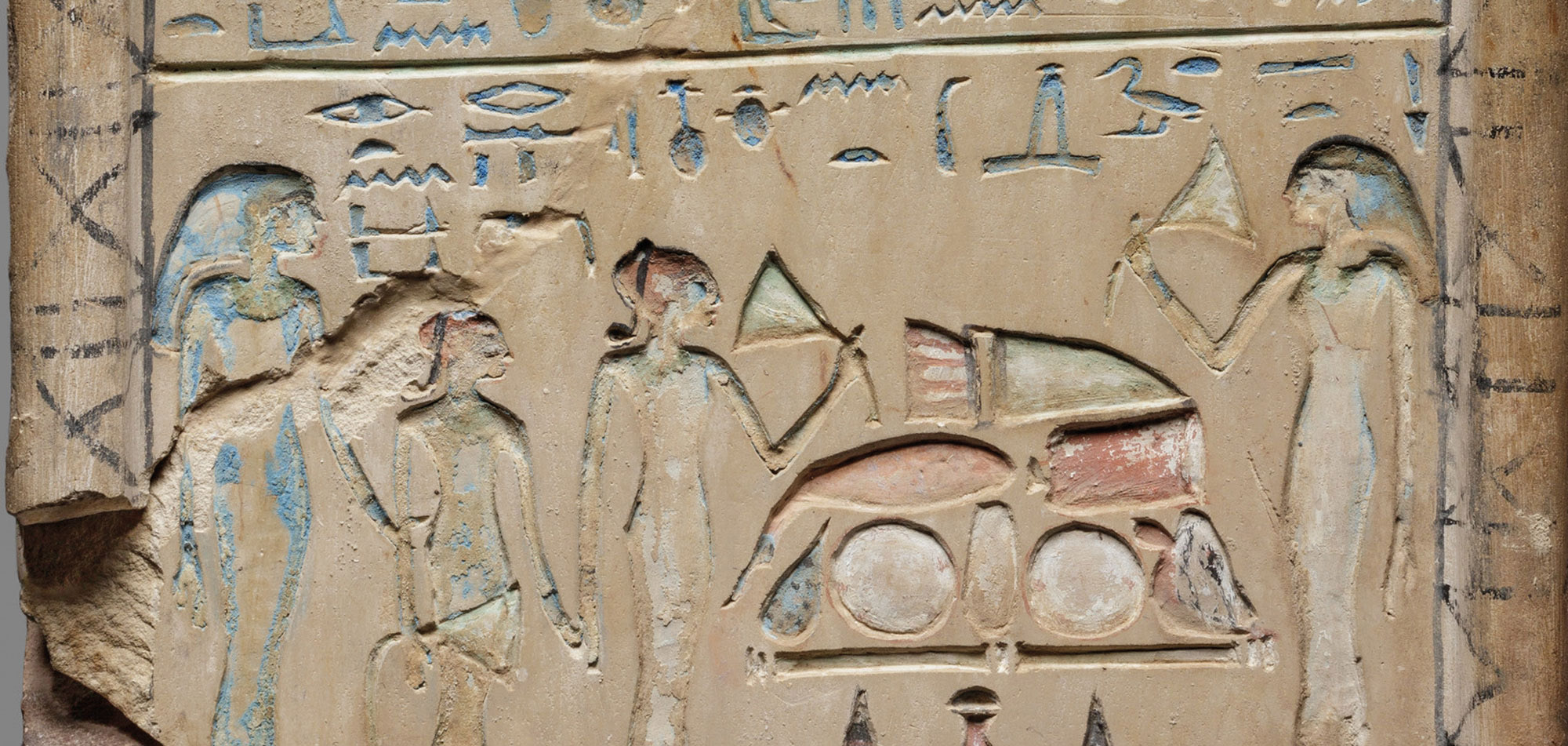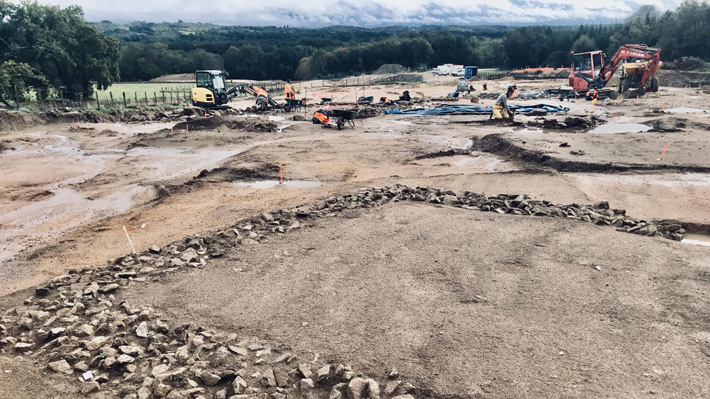
PARIS, FRANCE—According to a Live Science report, near the village of Chamborêt north of the French city of Limoges, archaeologists have uncovered a freshwater spring likely dating to between 4,500 and 6,000 years ago below the remnants of a Roman-era pool. The Roman ruins, which date to the third century A.D., probably formed a landscaped basin surrounded by a wall of granite stones. A team of archaeologists from the French National Institute of Preventive Archaeological Research (INRAP) have also recovered Late Roman pottery sherds, coins, and a ceramic fragment that potentially depicts the face of Medusa or a water deity. Prior to Roman occupation, the earliest evidence of structures at the site includes a rectangular dry-stone building, postholes, sandpits, and what may have been a wood building. Such structures, they believe, were likely part of a home and farm that had been abandoned for several centuries before its revival during the Roman era. An ancient pit found beneath the pool alongside several objects date to the site’s earliest occupation during the Neolithic period. Artifacts from that era include fragments of flint, bricks and tiles singed from a fire, and pieces of a Grand Pressigny dagger—named for another Neolithic site in France. The discoveries, according to the team, offer a glimpse into regional life during Late Antiquity and the transition to the early Middle Ages. For more on the archaeology of Roman Gaul, go to “Off the Grid: Vienne, France.”


